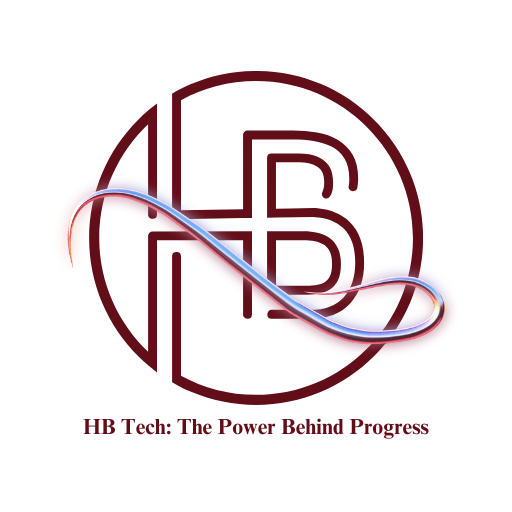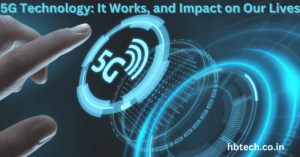Chhath Puja is a cherished Hindu festival celebrated with devotion, mainly in the Indian states of Bihar, Jharkhand, and Uttar Pradesh, as well as in Nepal. This four-day festival is all about giving thanks to the Sun God, Surya, and Chhathi Maiya, the goddess who represents nature’s nurturing power. For millions, it’s a time to express gratitude, pray for well-being, and celebrate nature’s gifts.

What is Chhath Puja?
Chhath Puja is an ancient festival, believed to date back thousands of years. It’s even mentioned in the Rigveda, one of the oldest Hindu texts. The festival is based on showing gratitude for the sun’s role in sustaining life and is linked to health, prosperity, and the well-being of loved ones. Some legends also connect Chhath Puja to the Mahabharata, where Draupadi and the Pandavas are said to have prayed to Surya for strength.
When is Chhath Puja Celebrated, and What Happens?
Chhath Puja usually takes place six days after Diwali, around October or November, in the Hindu month of Kartik. It lasts for four days, each with unique rituals.
Day 1: Nahay Khay (Purification Day)
On the first day, called Nahay Khay, devotees take a ritual bath, often in rivers, lakes, or any clean water source, to purify themselves. They prepare a simple, vegetarian meal, usually without garlic or onions, and share it with family. This is the start of their fast and prayers.
Day 2: Lohanda and Kharna (Day of Fasting)
The second day, Kharna, is marked by a full-day fast. Devotees abstain from food and even water until sunset. In the evening, they break their fast with offerings like rice pudding (kheer), chapati, and fruit. These offerings, known as prasad, are shared with family and neighbors as an act of gratitude and community spirit.
Day 3: Sandhya Arghya (Evening Prayers)
On the third day, Sandhya Arghya, families gather at riverbanks, lakes, or ponds to offer prayers to the setting sun. This is the most important day of the festival, when devotees dress in traditional clothes and bring baskets filled with offerings like thekua (a sweet made with wheat flour, jaggery, and ghee). They stand in the water and offer arghya (water) to the sun while singing devotional songs. This ritual thanks the sun for its light, warmth, and life-giving energy.
Day 4: Usha Arghya (Morning Prayers)
The final day, Usha Arghya, is dedicated to the rising sun. Devotees gather at dawn, once again standing in the water, to offer prayers and ask for blessings of health, happiness, and prosperity. Afterward, they break their fast and share prasad with family, friends, and neighbors, ending the festival on a joyful note.
What Makes Chhath Puja Unique?
Chhath Puja is unique because of its simple yet deeply spiritual rituals. Fasting, abstaining from water, and preparing natural foods with no processed ingredients show the respect devotees have for nature and purity. The offerings are made to both the setting and rising sun, symbolizing gratitude for all aspects of life—the good and the challenging, the beginnings and endings.
The festival also emphasizes cleanliness and environmental care. Before starting the rituals, people clean the riverbanks and water sources, promoting a message of respect and care for the environment.
Health and Environmental Benefits of Chhath Puja
Chhath Puja’s practices align with both environmental and health benefits. The fasting and bathing rituals help purify the body, while natural, homemade foods used in offerings reflect a mindful connection to the earth’s resources. Devotees are encouraged to avoid waste and pollution, as cleanliness and care for water sources are central to the festival.
Why is Chhath Puja Relevant Today?
In today’s fast-paced world, Chhath Puja is a reminder of the importance of slowing down, connecting with nature, and practicing gratitude. It’s a festival that promotes family, community, and harmony with the environment. By honoring the sun, devotees appreciate the natural forces that sustain life.
Chhath Puja goes beyond religious rituals; it’s about finding balance, harmony, and unity with nature. By worshipping the sun and Chhathi Maiya, people reconnect with the earth, their loved ones, and themselves. The rituals, the songs, and the shared meals all bring people together, creating a sense of community and gratitude.
At a time when urban life and technology can sometimes disconnect us from nature, festivals like Chhath Puja help keep us grounded. They remind us of our timeless connection to the world around us and the strength that comes from honoring nature and togetherness.
Frequently Asked Questions (FAQs)
What is Chhath Puja and why is it celebrated?
Chhath Puja is an ancient Hindu festival dedicated to the worship of the Sun God, Surya, and his sister Chhathi Maiya. The festival is celebrated to show gratitude to the Sun for its life-sustaining energy and to pray for health, prosperity, and well-being.
When is Chhath Puja celebrated?
Chhath Puja is typically celebrated six days after Diwali, during the Hindu month of Kartik, which falls around October or November. The festival lasts for four days.
What is the significance of the sun in Chhath Puja?
The Sun is worshipped in Chhath Puja for its vital role in sustaining life. Offerings are made to both the setting and rising sun, symbolizing gratitude for the entire cycle of life—both the challenges and blessings, and the beginnings and endings.
How does Chhath Puja bring people together?
Chhath Puja fosters a sense of community by encouraging families and neighbors to participate in shared rituals and meals. The collective nature of the prayers, songs, and offerings strengthens social bonds and promotes unity and togetherness.
Related Posts
- 2-in-1 Laptops: Tablets and Laptops in One
- 5G Technology: What It Is, It Works and Impact on Our Lives
- 8K Gaming on a Laptop: Is It Worth It?
- A Simple Guide to Remote Work: Work from Anywhere, Anytime
- A Visit to the Museum of Jurassic Technology
- Affordable AI Solutions for Small Businesses









